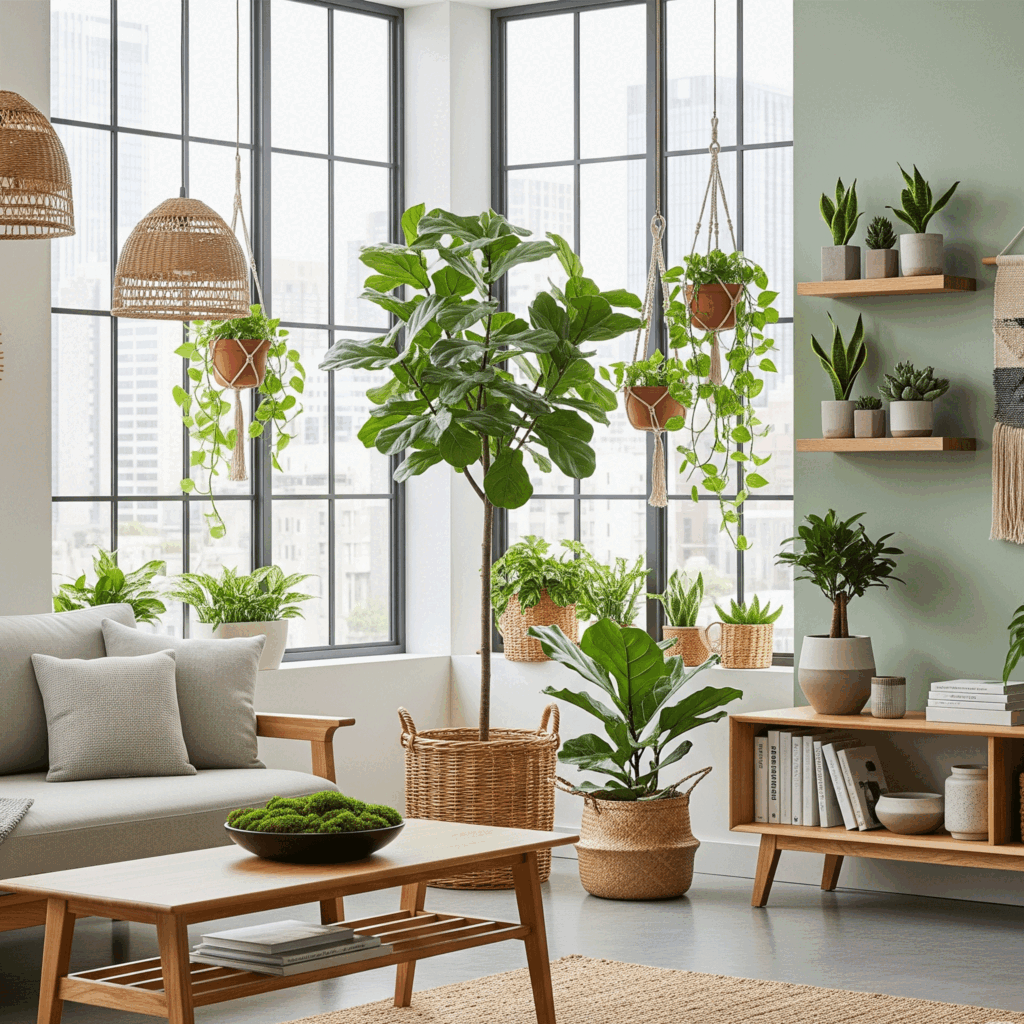Pixie Forever – Amid the roar of traffic, blaring sirens, and the relentless pace of city life, more and more urban dwellers are seeking ways to achieve urban serenity. Not just as a place to rest, but as a meaningful space and moment to reconnect with oneself, release stress, and recharge positive energy drained by daily routines.
This phenomenon is gaining attention in discussions on urban planning, healthy lifestyles, and even public policy. As metropolitan living evolves, the need for quiet and calming environments becomes increasingly essential.

Urbanization and Mental Health Challenges
Massive urbanization significantly impacts the balance of city residents’ lives. Air pollution, traffic congestion, and work-related pressure often leave people feeling trapped in a whirlwind of exhausting activities—physically and mentally. Mental health has become a central issue in modern life, especially in major cities like Jakarta, Surabaya, and Bandung.
According to WHO, over 264 million people worldwide suffer from anxiety and depression, with many residing in urban areas. This makes the pursuit of peace no longer an optional lifestyle, but a fundamental need.
read more : “From Gaza to Sudan: Global Militarism Undermines Human Rights“
Green Spaces: Nature as a Source of Balance
One of the most tangible solutions increasingly being implemented is the development of green open spaces. City parks, urban forests, and vertical gardens on skyscrapers are concrete efforts to bring tranquility into urban life. Green spaces have been proven to reduce stress, boost mood, and encourage light physical activity such as walking or yoga.
Cities like Bandung and Surabaya have successfully implemented urban parks that serve not only as recreational areas but also as community hubs. Activities like group meditation, free fitness classes, and art exhibitions are often held in these open public spaces, offering healthy and relaxing alternatives for city dwellers.
Peaceful Architecture: Housing Trends and Urban Design
It’s not just public spaces that are evolving—private residences are transforming as well. The trend of biophilic design, which integrates natural elements into interior spaces, is becoming increasingly popular. The use of wood, indoor plants, natural lighting, and open air circulation are key features of this style.
These elements foster a calming home, deepen connection with nature, and boost remote work productivity. Developers now adopt these concepts to meet the rising demand for peaceful urban living.
The Role of Technology in Creating Urban Serenity
In the digital age, technology plays a key role in fostering serenity. Meditation apps like Headspace or Calm, online yoga communities, and coworking spaces designed with a zen aesthetic are emerging in cities worldwide. These innovations help people access calm moments at home and build digital ecosystems that support mental balance.
In Indonesia, several startups have launched mindfulness-based apps in the local language, complete with audio guides, daily reminders, and community features. Technology serves as a vital bridge between the need for calm and the time constraints of busy city life.
Community: The Social Pillar of Mental Wellbeing
Beyond spaces and apps, communities play a crucial role in cultivating urban serenity. Hobby groups such as gardening, reading, fitness, or volunteering provide platforms for support, connection, and emotional warmth amid urban isolation.
A study in the United States showed that individuals involved in community activities experience lower stress levels and lead happier lives. In Indonesia, initiatives like Kelas Berbagi, Taman Baca Masyarakat, and the Clean Up Jakarta Day movement demonstrate how collective engagement can foster authentic peace.
Urban Serenity Is Not Just a Dream
Urban serenity is not a utopian concept. It’s real and achievable through collaboration—between governments, private sectors, communities, and individuals. The key lies in a shared awareness that city living doesn’t have to be synonymous with stress and exhaustion. With proper spatial planning, mindful living, and the support of technology and community, cities can become more soul-friendly places.
In Jakarta, for instance, sidewalk revitalization and integrated public transport systems mark early steps toward a more human-centered city. In Yogyakarta, local culture and art are leveraged as the foundation for building meaningful and peaceful public spaces.



